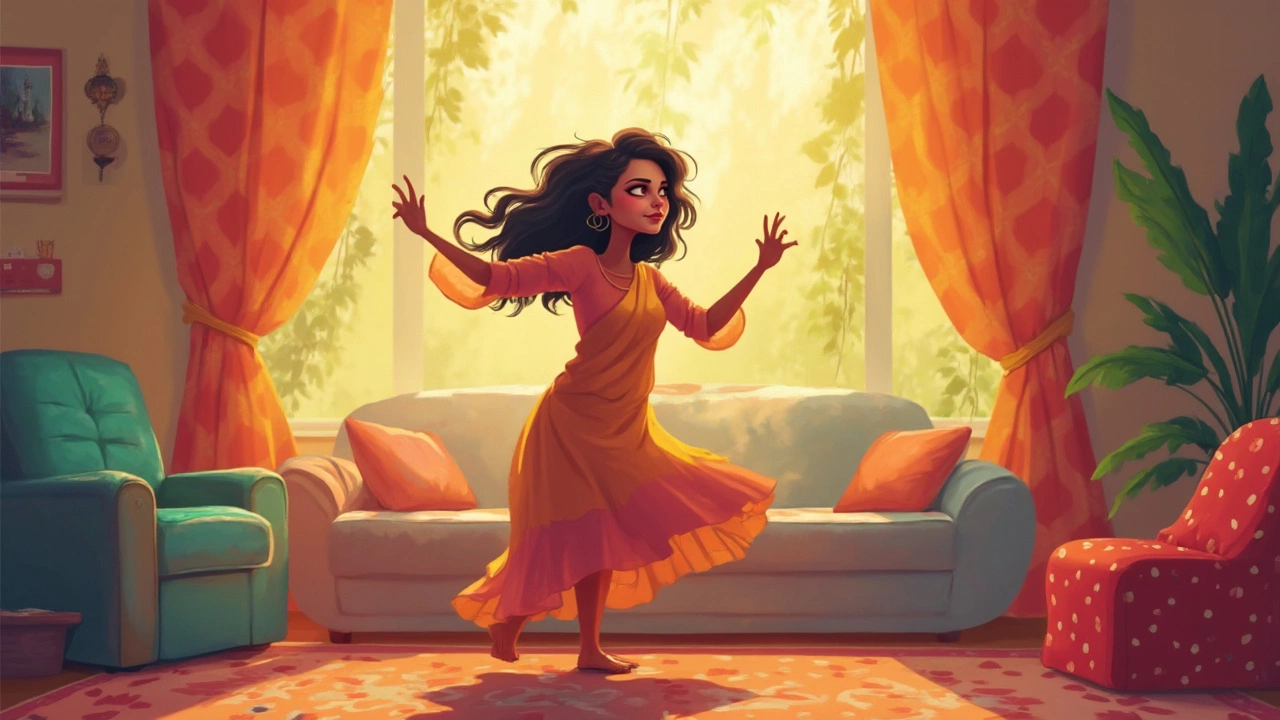Regional Dances: A Quick Guide to India’s Most Loved Styles
India’s dance scene is a kaleidoscope of colors, rhythms, and stories. From the energetic steps of Bhangra in Punjab to the graceful hand gestures of Bharatanatyam in Tamil Nadu, each region adds its own flavor. If you’re curious about trying one out or just want to know what makes each style unique, you’re in the right place.
Top Regional Dance Forms You Should Know
Bhangra – Born in the fields of Punjab, Bhangra mixes lively drums, bold footwork, and lots of smiles. It’s perfect for parties and fitness routines because the moves keep you moving and burning calories.
Garba – Gujarat’s favorite during Navratri. Dancers form circles, clapping hands and twirling to the beat of dhol and folk songs. The steps are simple, but the energy is contagious.
Odissi – Hailing from Odisha, this classical form tells mythic stories with elegant torso bends and delicate footwork. The sculptures on temple walls inspired its poses, so you’ll feel like you’re dancing with history.
Kathak – From North India, Kathak blends Persian storytelling with Indian rhythm. Fast spins, toe‑rhythms, and expressive facial gestures make it a show‑stopper on stage.
Folk dances of the Northeast – States like Assam and Meghalaya showcase dances like Bihu and Wangala. They feature rapid footwork, bamboo instruments, and festive costumes that reflect the region’s vibrant tribal culture.
How to Get Started with a Regional Dance
Pick a style that matches your mood. If you want a workout, Bhangra or Garba works best. For a meditative vibe, try Odissi or Kathak. Look for local classes, YouTube tutorials, or community groups – many towns host free workshops during festivals.
Start with basic steps. For Bhangra, learn the “dhola” (basic beat) and practice the bounce. In Garra, master the simple clapping pattern before adding spins. Consistency beats intensity; a 15‑minute daily practice builds muscle memory faster than occasional long sessions.
Invest in simple gear: a pair of comfortable shoes, breathable clothing, and maybe a small drum or clapper if you’re learning folk styles. You don’t need fancy outfits until you’re ready for performances.
Remember, each dance carries cultural meaning. Take a moment to read about its origins, the stories it tells, and the festivals it’s tied to. This respect adds depth to your moves and helps you connect with the community.
Finally, have fun. Regional dances are about celebration, unity, and sharing joy. Whether you’re dancing in a living room, at a cultural event, or on a stage, let the rhythm guide you and enjoy the ride.
